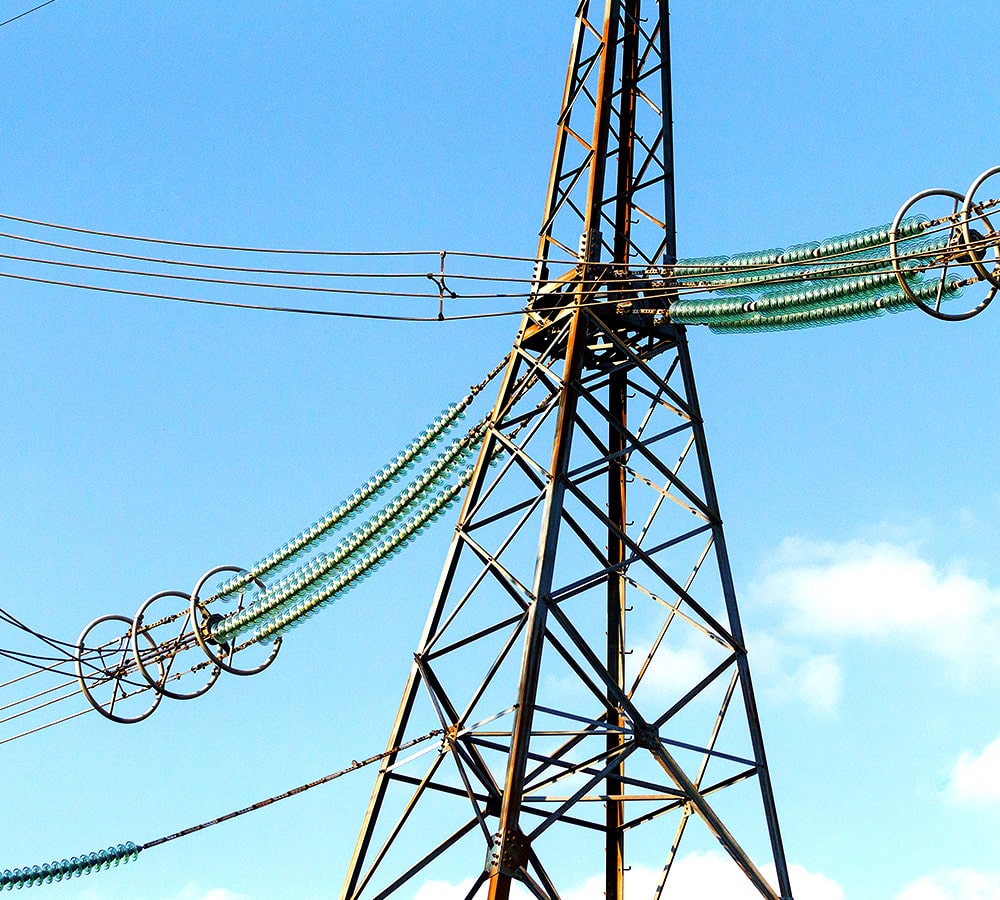
Cargando

Cargando
The energy sector and machine learning algorithms have much to offer each other, from smart batteries to large-scale logistics control. This specific case concerns the distribution of electricity at the national level.
It is a great challenge to ensure the stability and security of the electricity grid in a large territory, from the energy generation systems to the transmission networks, including local, regional and even international connections.
Energy generation and distribution are politically and socially charged because of their significant relationship with the environment and climate change, further emphasizing the importance of using all the tools at our disposal to improve the efficiency and security of the sector.
In this context, Foqum made available to the company its expertise and functionalities in optimization, prediction and fault detection, which will undoubtedly underpin the energy sector in the future.

Minor disruptions in energy distribution have a significant impact on the quality of life of the population. They may also pose a major environmental risk and carry a high financial cost. Therefore, maintenance of the power grid is a top priority for the sector, which devotes a great deal of human resources to this work.
This provides the context to the challenge, which is to seek to automatically identify a wide range of faults in the pylons of the grid. The aim is to accurately locate cracks, corrosion and other risk indicators from low resolution photographs, resulting in increased capacity to analyze the state of the grid on a daily basis.

This challenge stands out for the wide range of computer vision techniques it encompasses. It includes multi-label image classification, object detection (to locate certain faults in the image) and segmentation (to accurately pinpoint areas damaged by corrosion). It is important to note that the data is labeled qualitatively (i.e., without information for object detection and segmentation). The categories are also strongly unbalanced.
Therefore, the solution proposed by Foqum consisted of a suite of tools working in a coordinated manner.
Rust segmentation poses a particularly tough and important challenge in the industrial world, as the photographs encompassed a wide range of “textures,” brightness and color curves, scales and backgrounds, including land in typical rust colors. Even so, we developed a series of special algorithms with the specific capability to analyze the granularity of the image that were able to identify damaged areas with great precision.
Despite the aforementioned labeling difficulties, we achieved very competitive results, with levels of accuracy between 90 and 95% for 5 of the 6 categories of faults (in the sixth, least represented category, the level of accuracy was 83%). The proposal was also complemented by a tool for the display of “areas of interest” to facilitate visual inspection of the results by operators.

Remember: we cannot improve what we do not measure.
CONTACT US BOOK A STRATEGY MEETING